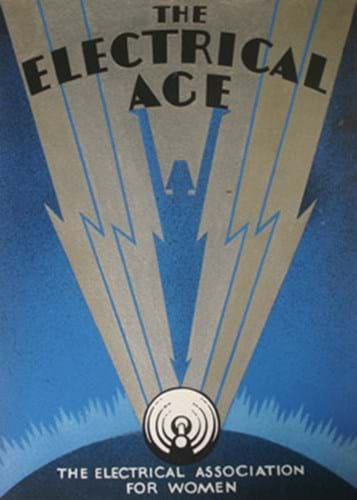
Having come to light following her death aged 93, they proved to be original designs for advertising posters in the 1930s.
Little is known about her, but research before the sale revealed a few details.
She studied at Liverpool Art College in the late 1920s and early 1930s and attained a certificate from the Royal Drawing Society in 1931 (the certificate was included as part of the lot).
She went on to work for an exclusive London fashion house until she moved to the Netherlands in the late 1930s. Indeed, there are dresses in the Royal Collection, made for Princess Marina and Queen Mary, that bear her name as the designer.
After returning home to Ruthin in Wales to a wartime job as a forester, she spent most of her life after the war in Bontuchel, Denbighshire, where she lived until her death two years ago.
She bequeathed the collection of 50 unframed artworks to her neighbours in the village and it was they who put them into the auction on October 24.
The works hadn't seen the light of day for some time, and some were not in the best condition. They included advertising designs for MG Cars, Imperial Airways, the Great Western Railyway, Hornby, Dunlop, White Star Line, Fyffes Bananas and the Royal National Eisteddfod of Wales, Caernarfon 1935.
Whether the artworks were actual commissions for these companies is unclear - they may simply have been part of her personal portfolio which she started compiling as an art student.
But their iconic Art Deco style on its own was enough to see them generate sufficient interest for the auctioneers to revise their original £200-500 estimate before the sale.
They were finally knocked down at £3600 to a collector in the room from the Wirral in Cheshire.
He told ATG that he bought them simply because of their decorative appeal and plans to have them restored and some of them framed.
By Alex Capon




